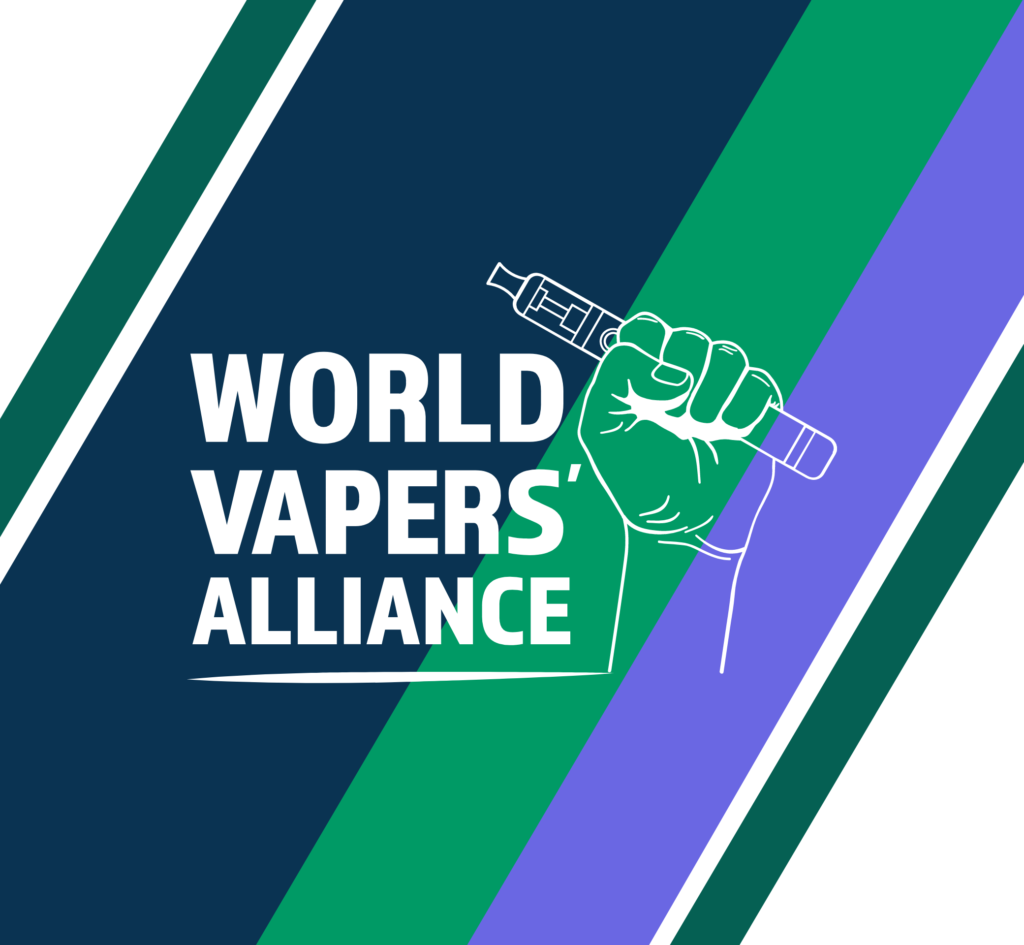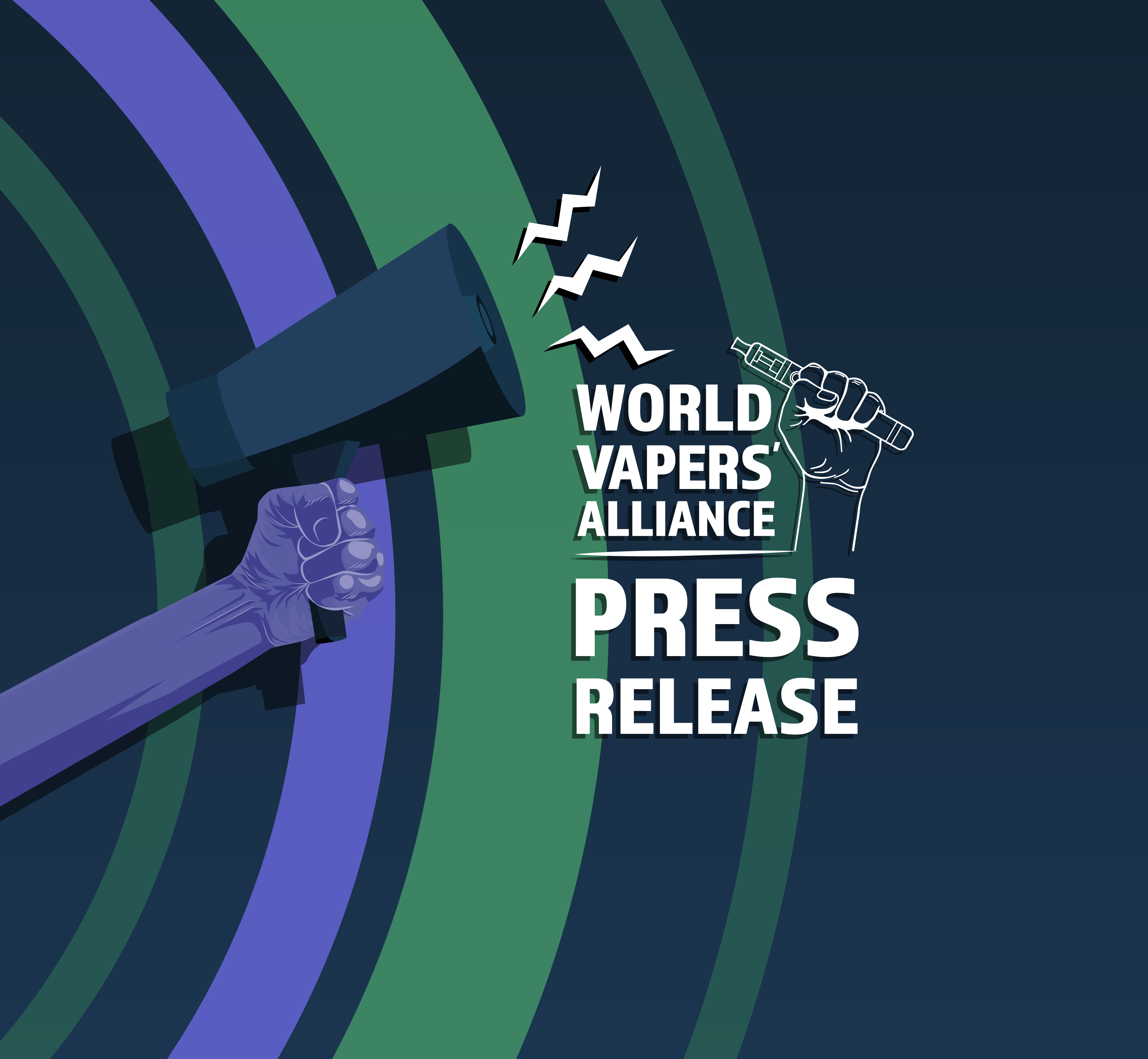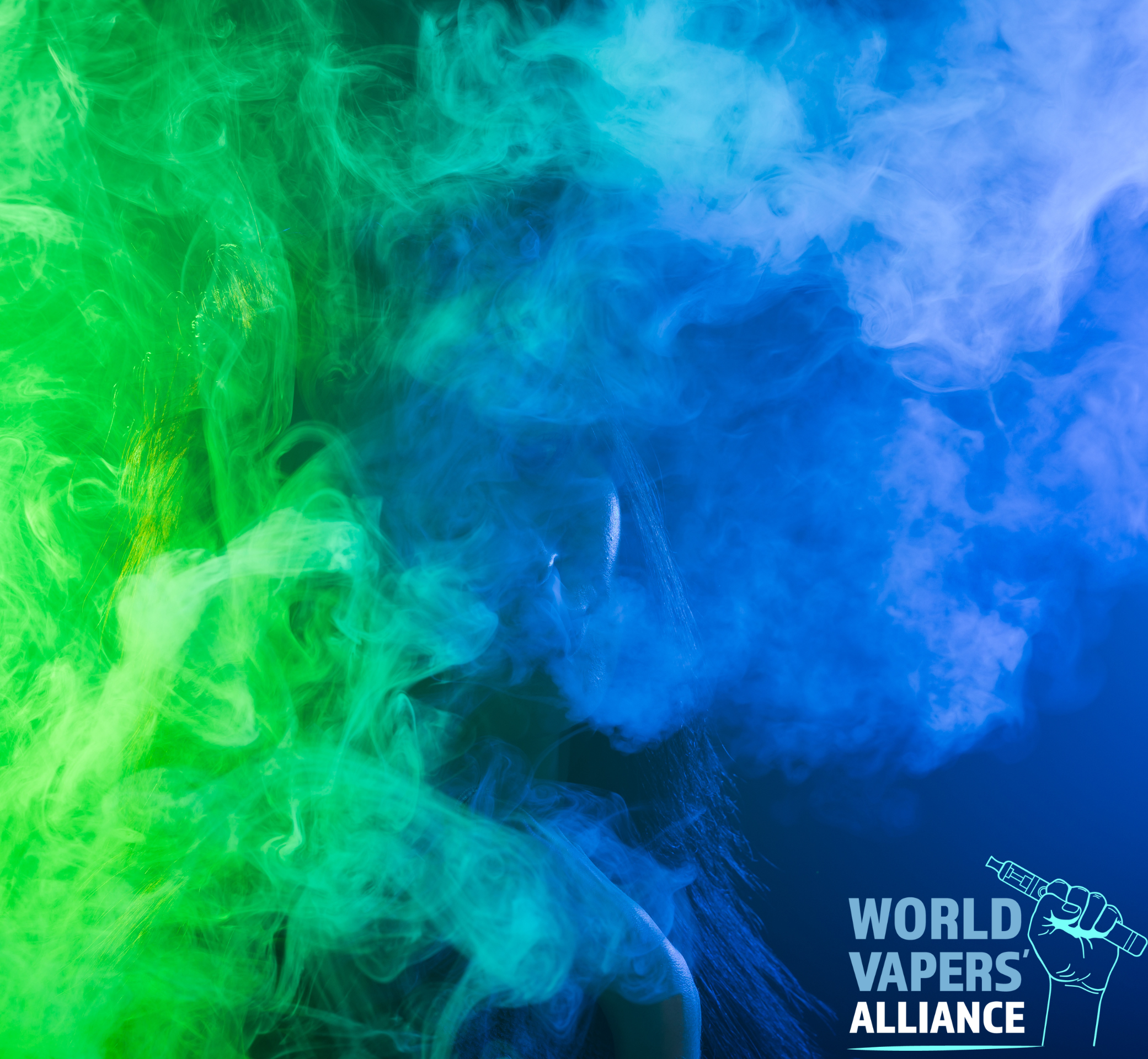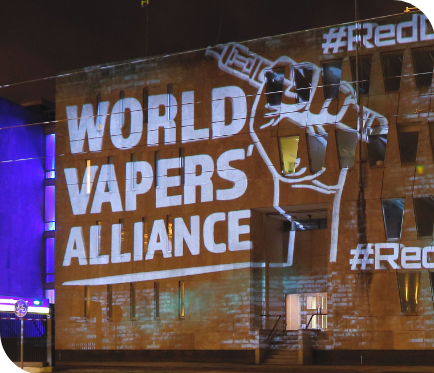World Vapers’ Alliance founder, Paul Meller, speaks about the e-cigarette flavour ban in California and how the officials there are taking the wrong approach.
To an outsider California’s repressive new vaping laws are baffling. Around the world the state is synonymous with technological innovation, healthy living, a live-and-let-live tolerance of others.
How can the state be shutting out a disruptive technology that has the potential to confine tobacco smoking to history and has already in little over a decade done more to reduce harm from smoking than any other harm reduction method ever invented?
It is especially odd when you consider that California is home to around a million vapers – roughly one in ten of all vapers in the US, which at the moment is the biggest vaping market in the world.
The latest restrictions will see flavoured vape juices banned from sale in the state from January. That is unless a campaign to demand a referendum on the new law is successful. More about that below.
Even before the new state-wide restrictions take effect California is the second worst state for vapers after New York, according to the US Vaping Index – a study of the US market published last month by our friends at the Consumer Choice Center.
The study points to widespread municipal flavor bans and a state-wide excise tax of 57% of the wholesale price of vaping products. And in the land that gave us web search California restricts online sales of flavored vaping products.
Few would argue that two of the most disruptive – revolutionary even – products of the past half century are the smartphone and the electric car. Both were born in California.
Steve Jobs from Cupertino and Elon Musk down the road in Palo Alto re-invented an existing everyday product by adding a new and fundamental benefit to it . A car that doesn’t pollute. A phone that doubles as a portable, internet powered computer and much else besides.
What about a cigarette that doesn’t kill? Like the electric car, an electronic cigarette removes the most harmful and polluting element of a product that many people use for convenience and/or pleasure.
Like the electric car, the electronic cigarette provides tangible benefits to society as well as to the individual consumer. While electric cars help reduce the environmental impact of a popular mode of transport, the e-cigarette can help reduce the burden placed on public health resources from treating smoking-related illnesses. Both promise billions in savings to the public purse.
In the same way that a smart phone exercise app can encourage you to work out more, an electronic cigarette can help a smoker to substitute cigarettes with an alternative that is 95% less harmful, and yet it is still pleasurable (and therefore more likely to be effective).
But vaping didn’t see the explosion of innovation that followed the arrival of the smartphone and the electric car. In fact it dried up completely in 2016 due to overreaching regulation.
That’s when the US Food and Drug Administration (FDA) effectively shut down all new product development in the US e-cigarette market by extending premarket tobacco product application (PMTA) requirements to all new vaping products. The approval process takes three years. Not surprisingly vaping innovation moved abroad, mainly to Europe and China.
Vaping has been on the back foot in the US ever since. Nowhere is this more apparent than in California.
“California has always been seen as the Mecca of Vaping in the US due to the large number of e-liquid manufacturers that got their start here so there’s always been quite some innovation coming out of that segment of industry in the state,” said Stefan Didak of the Neighborhood Business Alliance who also helps the California Coalition for Fairness, which is leading the push for a veto referendum on the pending state-wide flavour ban.
But he added that all changed when the FDA stretched the PMTA requirements to cover vaping products. A market freeze effectively took effect in August 2016. “Since then no real innovation took place anywhere in the US,” he said.
Now overzealous regulators are turning to the demand side of the market. The flavour ban claims to be an attempt to keep nicotine out of the reach of kids. Support for the restrictions was boosted by the EVALI health scare in 2018. EVALI – e-cigarette and vaping-related lung injury – was wrongly blamed on vaping by public health bodies including the Center for Disease Control. Last year they admitted they were wrong but by then the damage in terms of public perceptions of vaping was done.
The Fairness Coalition is busy gathering signatures in support of a referendum on the new state-wide flavour ban. It argues that banning flavours is not the way to prevent kids from being lured into nicotine addiction because there are already rules against underage vaping, and because it is unfair to deny adult smokers the escape route from their dangerous and filthy habit.
They also argue that banning flavoured vape juices will push these products underground, which could make them more attractive to kids. So the flavour ban could in fact increase kids’ interest in vaping.
It points out that the ban will hurt small local businesses and cost the state jobs in what is still a thriving cottage industry of vape shops, juice blenders and makers of various vaping accessories.
And probably most important, it points to scientific evidence published in June 2020, showing that flavour bans may increase cigarette smoking.
The research – by academics at O’Neill Institute for National & Global Health Law, Georgetown University, the School of Public Health at the University of Memphis, and the Department of Health Outcomes and Policy, University of Florida – looks at San Francisco municipality, one of the first in the state to impose a flavour ban.
Mr Didak and his colleagues need to get 623,312 valid signatures submitted by a deadline of November 26th. That’s over half the number of vapers in California. No small feat but one that Mr. Didak is confident they can achieve.
The World Vapers’ Alliance will support vapers in their efforts wherever we can.
Check our campaign below:





